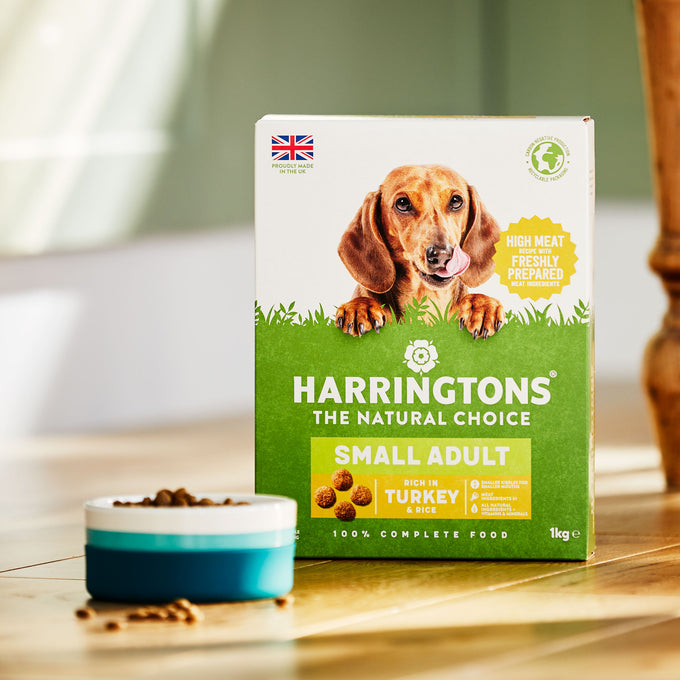Just like humans, dogs can feel stress and it's important that we help them deal with stressful situations.
Dogs can recognise danger and consequently know how to react to it. Once your dog feels fear, it can be difficult for them to do every day things, like walking in the park, going to the vets and even socialising with other dogs. Additionally, there may be triggers that set your dog off in a state of panic, like having visitors in the home and being left alone.
Fears, anxieties and phobias can be difficult to understand so if you are struggling with your dog, it can sometimes be best to seek professional behavioural advice. There are pet behaviourists who deal with pet stress every day, and they can work with you and your dog to set up a program, which can help your dog live a stress free life.
But, before it gets to that, there are a few tips you can try within the home, to try and ease your dog's stress:
Exercise your dogs
Just like for humans, exercise is really important at reducing stress as it increase endorphins, increase confidence and reduce nervous energy. Making sure your dog is well exercised before a potential stressful situation can be a great way to easing their stress.
Diet
A good balanced diet such as Harringtons can help reduce your dog's stress. Make sure they have the vitamins and minerals they need to live a happy and healthy life.
Slow & steady approach
It's important to not put pressure on your dog and go at a pace that works for them. Use positive reinforcement, make sure your dog is comfortable and keep the sessions short and sweet at first. It's important to be patient and consistent, over time building up your dog's exposure, creating positive experiences and associations for them. Remember, don't be afraid to go back a step if required and make sure to always finish on a positive note for them.
Be understanding
There is a fine line between comforting your dog and annoying your dog. Dogs aren't domesticated animals and it's important to remember that they may not always like the same forms of affection as humans. Whilst some breeds may crave a cuddle, some may tolerate it, some may also not like it and it can cause triggers, especially if they are being touched around the neck or head area, or being picked up to be cuddled.
Look out for signs such as pulling away, lip curling, growling or perhaps even nipping and biting, to try and avoid the action. Other signs that indicate that a dog might be uncomfortable are yawning, licking their lips, displaying 'whale eye' (where their eyes are wide and you can see the whites), and turning away, even if they d not move away fully.
Ideally, it's important to establish boundaries with your dog, and we should almost 'ask' a dog before we offer affection, by calling them to us and petting them slowly and gently. This gives us owners a chance to see if the dog is willing and happy to engage and receive our affections.

